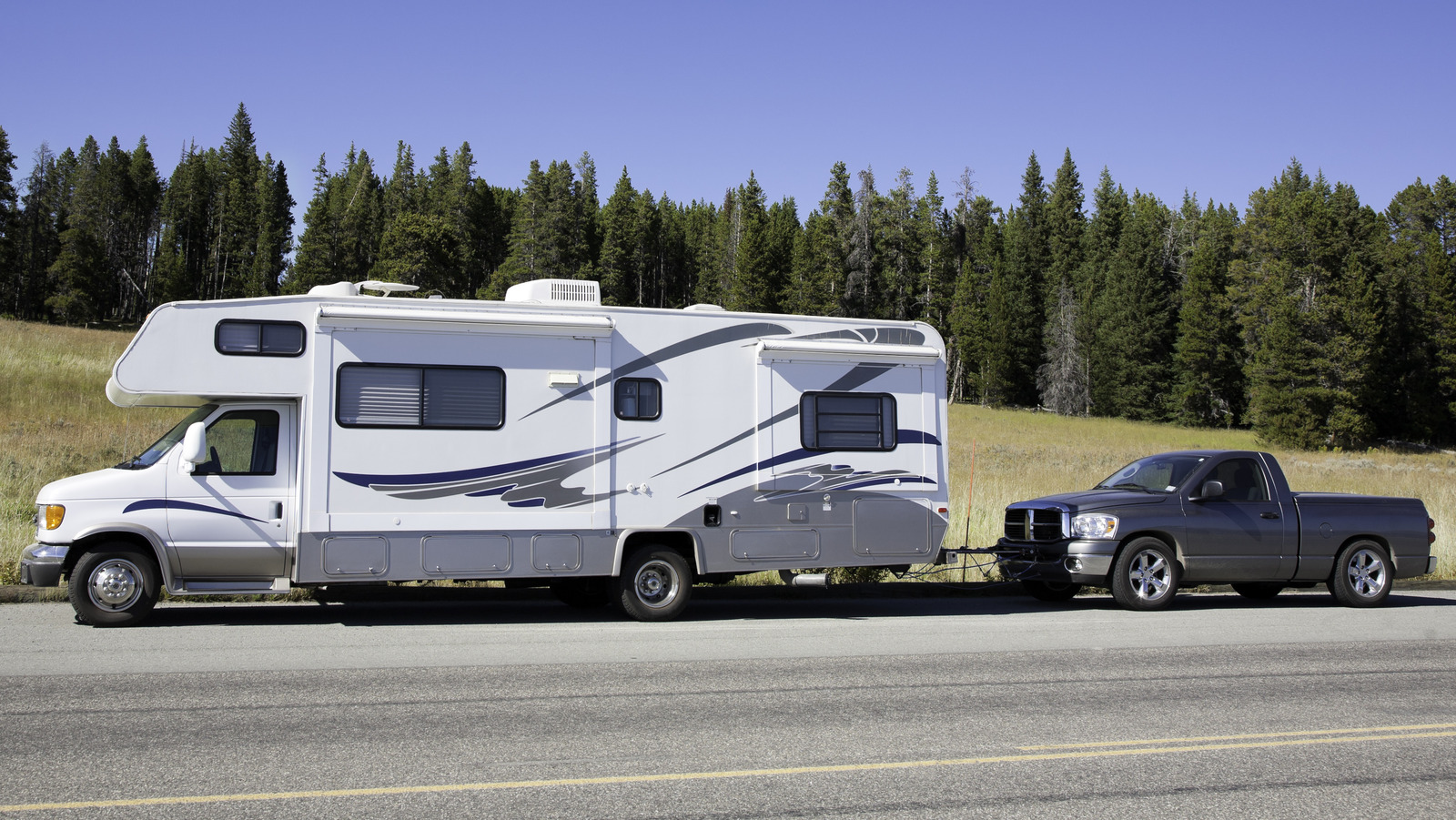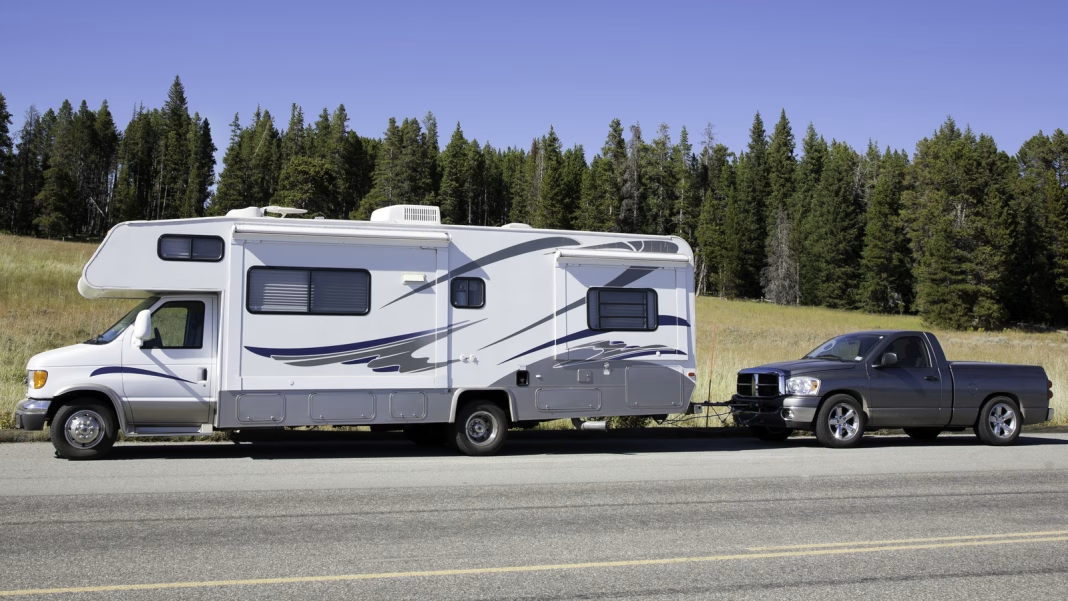Which Cars Can Actually Be Flat Towed Behind an RV?
If you’ve ever watched an RV cruise down the highway with a little car tagging along behind, you might’ve wondered: can any car be flat towed, or is there a catch? Turns out, not every vehicle is up for the job. Flat towing—sometimes called dinghy towing—means pulling a car with all four wheels on the ground, no trailer needed. It’s a popular choice for RV owners who want the freedom to explore without wrangling a massive motorhome everywhere they go. But before you hitch up your daily driver, it’s worth knowing which cars are truly flat-tow friendly.
Why Are Some Cars Flat Towable and Others Not?
It all comes down to the transmission and drivetrain. Most modern cars, especially those with automatic transmissions or all-wheel drive, aren’t designed to have their wheels spinning while the engine’s off. That can lead to serious (and expensive) damage. Manual transmissions, on the other hand, are often more forgiving. The gears aren’t engaged when the car’s in neutral, so the wheels can spin freely without harming the internals.
Some older automatics—particularly those with rear-wheel drive—can also be flat towed, but newer automatics with electronic controls or CVTs (continuously variable transmissions) usually can’t. The lubrication just isn’t there unless the engine’s running. That’s why it’s critical to check your owner’s manual or manufacturer guidelines before even thinking about flat towing.
What Are the Most Popular Cars for Flat Towing?
Ask any seasoned RVer, and you’ll hear a few names come up again and again. Jeep Wranglers are legendary for their flat-tow friendliness. Thanks to their robust manual or certain automatic transmissions and simple 4×4 systems, Wranglers are practically built for the job. Honda CR-Vs (up to 2014) and some Ford F-150s with specific drivetrains also make the list. The Chevrolet Colorado and GMC Canyon pickups, when equipped with the right transfer cases, are favorites too.
A few other standouts: the Chevrolet Spark (manual transmission), certain models of the Subaru Crosstrek (manual only), and the Ford Ranger (again, with the right transfer case). The key is always the transmission and whether the manufacturer gives the green light for flat towing.
Are There Any Surprising Options?
Absolutely. While Jeeps and pickups are the usual suspects, some compact cars and even a few sedans can be flat towed if you know where to look. For instance, the Fiat 500 with a manual transmission is a quirky, lightweight option that’s easy to maneuver. The Buick Encore GX (with the right setup) and the Chevy Sonic (manual) have also made appearances behind RVs.
What About Hybrids and Electric Cars?
Here’s where things get tricky. Most hybrids and nearly all electric vehicles are a no-go for flat towing. Their drivetrains and battery management systems just aren’t built for it, and you risk frying expensive components. There are a few exceptions, but they’re rare and usually require special procedures. If you’re set on towing a hybrid or EV, double-check with the manufacturer and expect to use a trailer or dolly instead.
How Can You Tell If Your Car Is Flat Towable?
Don’t just take someone’s word for it—dig into your owner’s manual. Look for a section on recreational towing or dinghy towing. If the manual says it’s allowed, it’ll usually spell out the exact steps you need to follow (like shifting into neutral, disconnecting the battery, or running the engine every few hours). If it’s not mentioned, or if the manual specifically says not to flat tow, don’t risk it. Some manufacturers even offer official lists of flat-towable vehicles for each model year.
What Equipment Do You Need for Safe Flat Towing?
It’s not just about the car—you’ll need the right gear, too. A quality tow bar, base plate (custom-fitted to your vehicle), safety cables, and a supplemental braking system are all must-haves. Many states require a braking system for the towed car, and it’s just smart safety. Some folks add a battery charge line to keep the towed car’s battery from draining during long trips. Don’t forget to check your RV’s towing capacity and make sure you’re not overloading it.
Tips for a Smooth Flat Towing Experience
A few real-world pointers can make all the difference. Always do a walk-around before hitting the road—double-check connections, lights, and brakes. Practice turning and stopping in a safe area before heading out on a long trip. And remember, backing up with a flat-towed car isn’t possible without risking damage, so plan your stops and campsites accordingly.
The big takeaway? Flat towing isn’t about perfection—it’s about smarter adjustments. Start with one change this week, and you’ll likely spot the difference by month’s end. Whether you’re eyeing a Wrangler or a compact manual, knowing your vehicle’s limits (and following the rules) means more freedom and fewer headaches on the open road.


